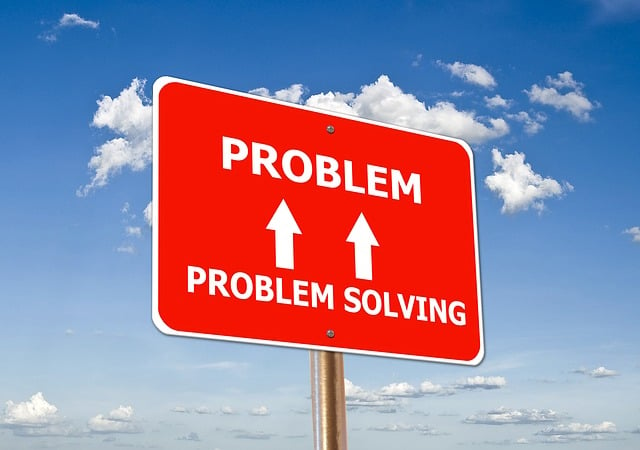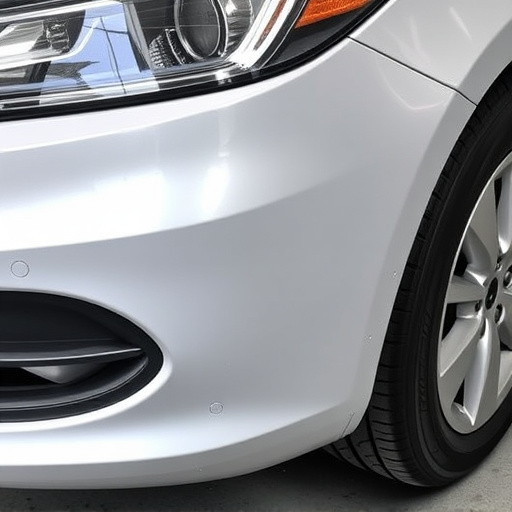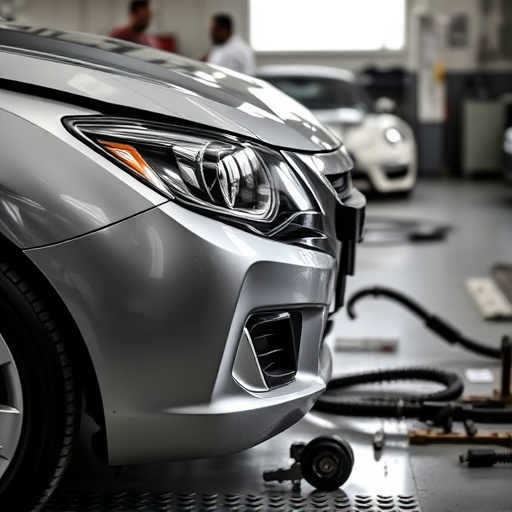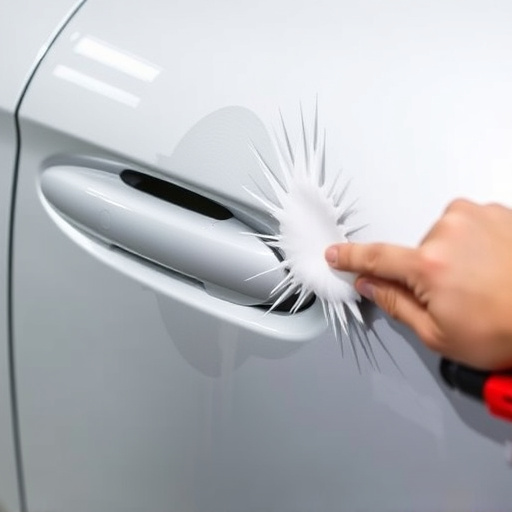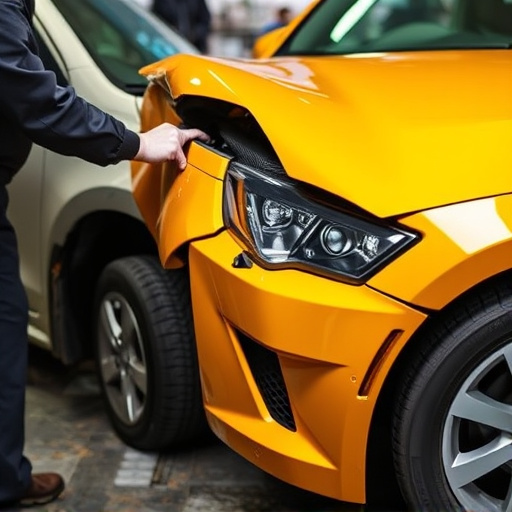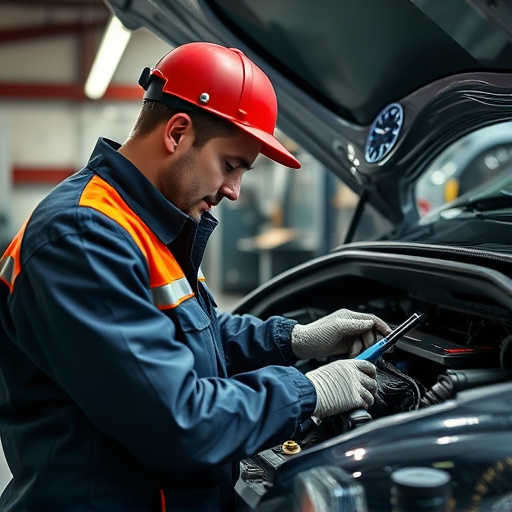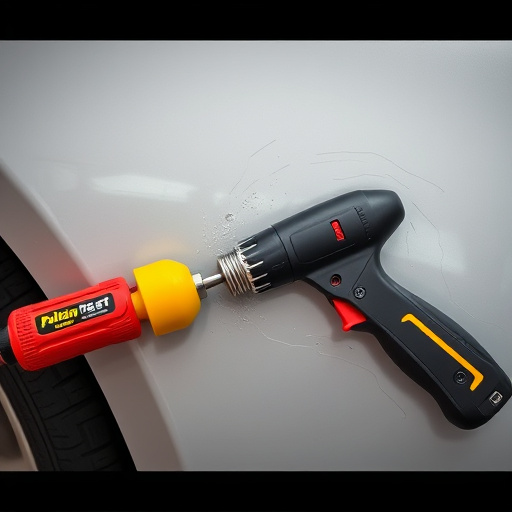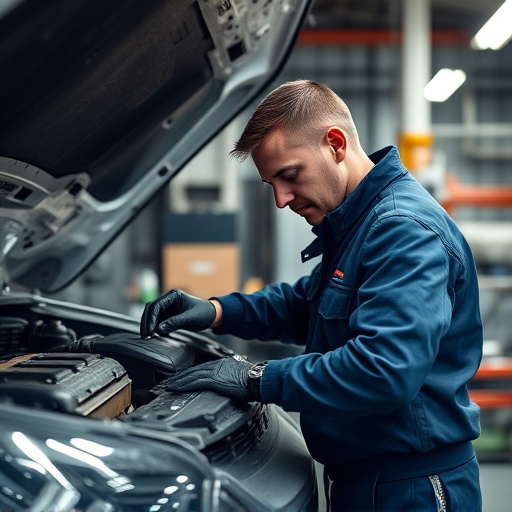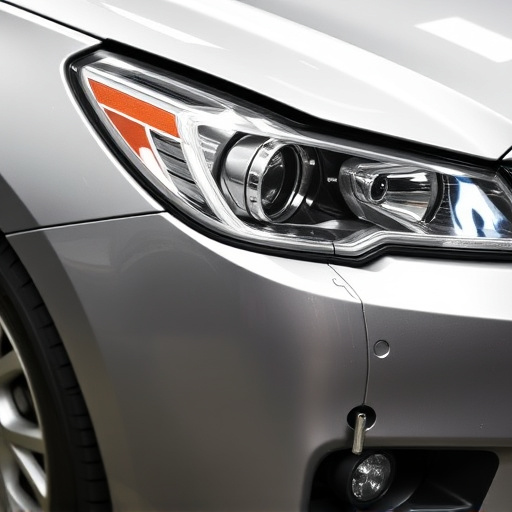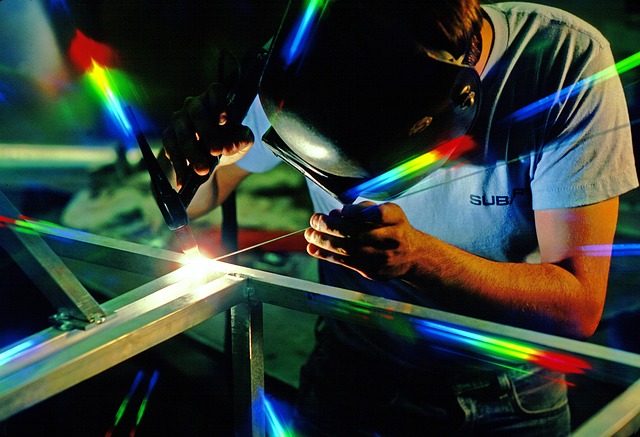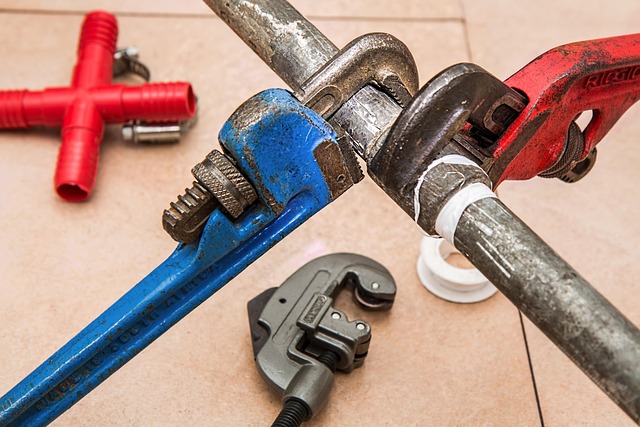After a car accident, Tesla home chargers may need reset or recalibration for optimal performance and safety. Minor issues can often be resolved by power cycling or factory resets, but severe problems require professional diagnosis and body repairs. Recalibration ensures accurate voltage and current measurements, crucial for efficient and secure charging post-accident for electric vehicles (EVs).
“Experiencing malfunctions with your Tesla home charger post-accident? This guide offers crucial insights into resetting and recalibrating your charging system. Understand common issues arising from vehicular accidents and learn safe, step-by-step procedures to restore optimal performance. From identifying potential hazards to calibrating sensors, these strategies ensure a seamless recharging experience for your electric vehicle (EV).”
- Understanding Tesla Home Charger Malfunctions After an Accident
- Steps to Safely Reset Your Tesla Home Charger
- Recalibrating for Optimal Performance: A Post-Accident Guide
Understanding Tesla Home Charger Malfunctions After an Accident
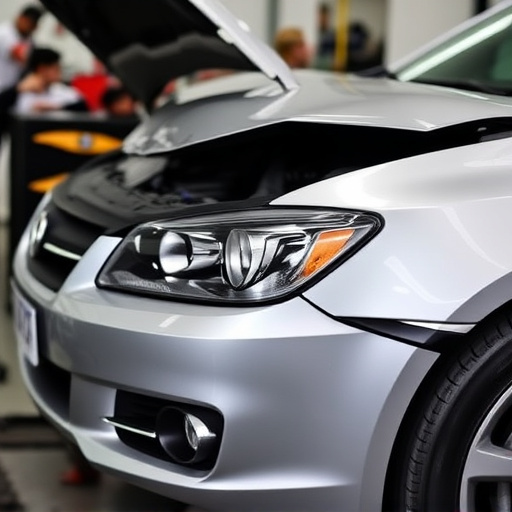
After a car accident, your Tesla home charger might malfunction or exhibit unusual behavior. This is a common concern for many Tesla owners, as the impact from a collision can disrupt the delicate electrical systems within their vehicles and homes. Understanding these potential issues is the first step towards ensuring safe and efficient charging post-accident.
Tesla home chargers are sophisticated devices that require proper care and attention, especially after an automotive collision repair or car bodywork services. Malfunctions can range from simple reset needs to more complex recalibration tasks. It’s crucial to approach these challenges systematically, starting with a basic reset attempt before considering advanced calibrations. In many cases, a simple power cycle or re-initialization of the charger can resolve minor glitches. However, for more severe cases, seeking assistance from a professional auto repair shop specializing in Tesla vehicles might be necessary to diagnose and rectify deeper issues related to the car’s electrical systems.
Steps to Safely Reset Your Tesla Home Charger
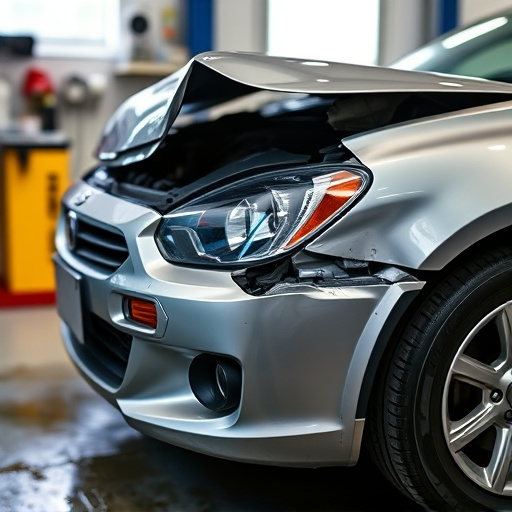
After an accident, your Tesla home charger might need resetting and recalibration to ensure it functions optimally. Begin by disconnecting the charger from its power source—this is crucial for safety. Next, locate the charger’s control panel or settings app (often accessible through a smartphone connection). Here, you’ll find options to reset the device to its factory settings. This process will erase any personalized settings but is essential for a clean slate post-accident.
Once reset, consider taking it one step further by recalibrating the charger. Recalibration involves realigning the charging parameters, which can improve performance and reliability. If you’ve taken your Tesla to a car body shop or undergone significant car body repair, this step is particularly important as it ensures your charger adapts to any changes made during the automotive repair process.
Recalibrating for Optimal Performance: A Post-Accident Guide
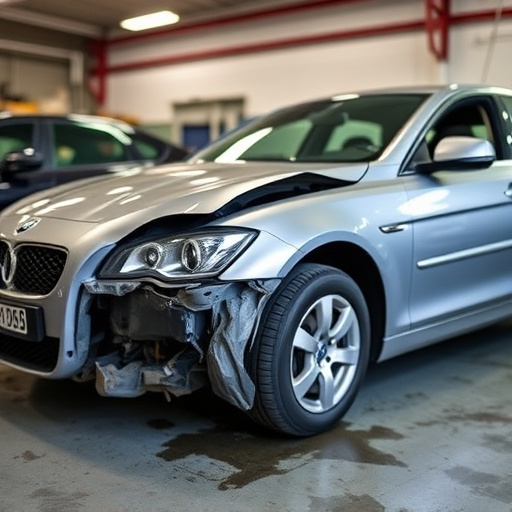
After a fender bender or minor accident involving your Tesla, resetting and recalibrating your home charger is an essential step in ensuring optimal performance. Just like regular auto maintenance for your vehicle, proper care and adjustment of your electric vehicle (EV) charging system are crucial to prolonging its lifespan and maintaining top-notch functionality.
Recalibration involves adjusting the charger’s parameters to account for any potential changes caused by the accident. This process helps to restore the charger’s accuracy in measuring voltage and current, ensuring efficient and safe charging of your Tesla. A simple reset can often be performed through the car’s settings or the charger’s control panel. However, if issues persist, it may require professional assistance for a thorough vehicle dent repair and system recalibration, similar to how minor car repairs are handled during an auto maintenance session.
After experiencing an accident involving your Tesla and its home charger, it’s crucial to understand that proper resetting and recalibration can restore optimal performance. By carefully following the steps outlined in this guide for both safe resets and precise recalibration, you’ll ensure your Tesla home charger functions at peak efficiency once again. Remember, addressing these issues promptly is key to minimizing disruption and maintaining the reliability of your electric vehicle’s charging system.
